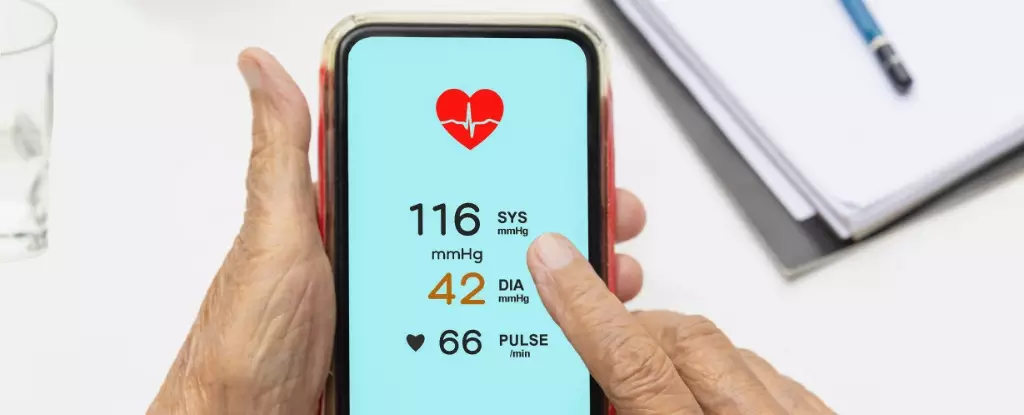Hypertension, commonly known as high blood pressure, poses substantial risks to both heart and kidney health, leading to severe complications if left unchecked. Despite its prevalence, this silent condition often goes unnoticed among millions, primarily due to a lack of regular monitoring. As the medical community continues to advocate for proactive health management, the advent of a groundbreaking mobile application developed by researchers at the University of Pittsburgh offers a promising avenue to combat this public health issue.
The Innovative App: A New Frontier in Health Monitoring
The newly developed Android application transcends conventional methods by utilizing technology that many people already carry in their pockets: smartphones. By intelligently harnessing the built-in sensors — including the accelerometer, camera, and touch sensors — the app can estimate arterial pressure as the heart beats. This innovation could potentially bridge the gap in healthcare accessibility, particularly within underserved communities where traditional medical resources are often scarce.
As Ramakrishna Mukkamala, a biomedical engineer at the University of Pittsburgh, pointed out, “In underserved populations, many individuals lack access to blood pressure cuffs or regular medical consultations, and they may not even be aware of their hypertension. However, smartphones are ubiquitous.” This underscores the app’s potential to provide vital health information to those who need it most.
Traditionally, blood pressure measurement requires a device called a sphygmomanometer, which employs an inflatable cuff to constrict the artery and gauge pressure changes as blood flow resumes. This process measures systolic pressure — the upper number in a reading that denotes arterial pressure during a heartbeat — and diastolic pressure, the lower number indicating pressure when the heart is relaxed. While some digital devices strive for automation, the incorporation of this new app signifies a shift towards personal responsibility in health monitoring.
Instead of applying direct pressure, the app calculates blood pressure indirectly through user interactions. By employing gravity and finger pressure on the touchscreen, users manipulate blood flow, enabling the app to read pulse pressure variations. Vishaal Dhamotharan, a fellow biomedical engineer at the University of Pittsburgh, elaborates, “When you elevate your hands above your heart, the resulting hydrostatic pressure change in your thumb can be converted into relative pressure changes with the smartphone’s accelerometer.”
This process allows individuals to cultivate a deeper understanding of their cardiovascular health through an engaging and interactive experience.
Preliminary tests involving 24 subjects demonstrated that the app accurately detected pulse pressure within an acceptable margin of error of about 8 mm Hg, a promising start for further developments. The researchers are optimistic that as technology and algorithms improve, the app’s precision will only enhance. Notably, this innovative tool signifies a potential shift in how we utilize technology for health assessment, moving towards a more integrated and accessible approach.
However, as the researchers highlighted, there’s still a considerable challenge in societal perception around measuring blood pressure with this new technique. Shifting the mindset regarding pulse pressure as a credible indicator of overall blood pressure is vital for the widespread acceptance of this app. Sanjeev Shroff, another biomedical engineer involved in the project, expresses hope, stating, “The development of a cuffless blood pressure measurement device that requires no external calibration could be transformative — an objective yet to be achieved.”
The development of this hypertension-monitoring app is a testament to the potential of technological innovation to address pressing public health concerns. By utilizing resources available to many individuals and providing a solution that bridges healthcare gaps, this project stands to make a significant impact on hypertension management. As more individuals gain access to this kind of technology, we inch closer to a world where health monitoring is no longer confined to clinics and hospitals but is a routine part of everyday life. This evolution in healthcare, driven by mobile technology, heralds a promising future in our fight against hypertension and its associated risks.


Leave a Reply